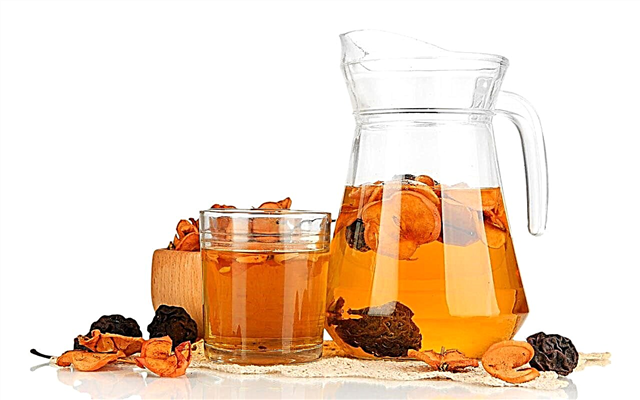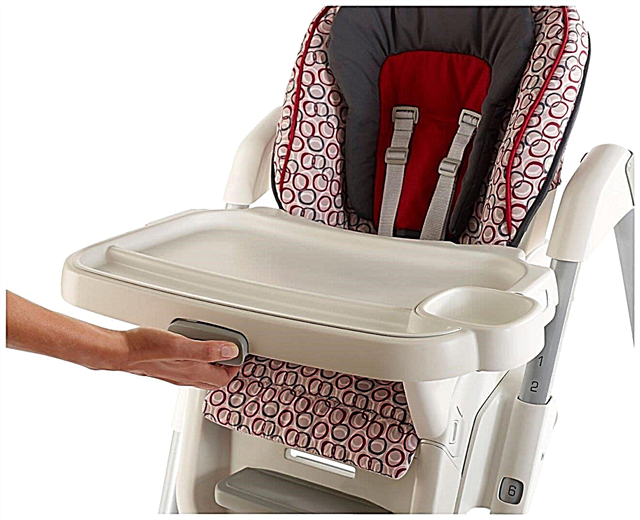A small child often refuses to drink medicine. In some situations, this leads to the fact that the treatment of a banal ARVI ends not at home with sweet syrups, but in a hospital with injections.
There are several ways how to give pills to babies or other forms of medicine:
- crushing a tablet;
- medicine in a syringe;
- pacifier and medicine;
- suspensions and syrups;
- candles;
- tight swaddling while taking medication.
A few words about education
Doctor Komarovsky says: “From the moment of birth, try to build the correct pedagogy. You will especially need it when the child is sick, because if the parents made a decision to do something, and as a result of the mother's screams “no” turned into “yes”, then it is not the mother who brings up the child, but vice versa ”.
- if the child deviates from your decision at least once, he will understand that it could be different;
- if you establish contact with a child from the cradle, then it will be easy for mom or dad to come to an agreement with him. He will easily open your mouth to take the medication.
Method number 1: crushing a tablet
 if the problem, how to give the medicine, arose due to the large diameter of the pill and its use causes a gag reflex, then you can break it into several parts and give the child a drink one by one. If you don't like the bitter taste, you need to crush the tablet into powder and add a few tablespoons of juice, honey or tea;
if the problem, how to give the medicine, arose due to the large diameter of the pill and its use causes a gag reflex, then you can break it into several parts and give the child a drink one by one. If you don't like the bitter taste, you need to crush the tablet into powder and add a few tablespoons of juice, honey or tea;- you can add a drop of vegetable oil to the crushed preparation, which will collect all the bitterness. By adding a little water, you can give the medicine to the baby.
Read the instructions before crushing the tablet. Some drugs, such as the antibiotic Flemoxin, reduce their effectiveness when crushed.
A small child perceives the world around him better while playing. Set up a "hospital" at home. Sit soft toys, dolls and play as if they were all sick and you need a magic pill, after taking which they will all heal and run to play further.
Method number 2: medicine in a syringe
Nowadays, most baby syrups come with special syringes without a needle. In this form, the medicine should be injected into the baby without sudden movements behind the lateral surface of the cheek.
It is better to give the medicine in small portions of 1 - 2 ml. It can be done within 20 minutes. It's okay if you can't give everything at once.
If you give all the volume at once, the child can simply spit everything out. And if a little bit, he won't be able to spit.
Method number 3: a dummy with a secret
The easiest way to give medicine to a baby is to dip his favorite nipple in the liquid form of the drug and offer him a pacifier with a secret.
There are some nuances here. The baby can spit out the pacifier and not take it again. Therefore, there is another option: dip it first in medicine, and then in something sweet. For example, in honey (if there is no allergy).
Method number 4: tight swaddling and medication
Mom says 2 kids: “The youngest daughter, being in infancy, refused to take the medicine. We couldn't give it in any way. Therefore, I took the diaper and swaddled tightly so that it would not break out. Dad held, and I poured a magic drug from a syringe into my cheek. "
Of course, the method is not the best. It will work in case all else fails.
Method number 5: suspensions and syrups
The most delicious and enjoyable dosage forms for children. The sweet taste has its benefits. The child swallows the drug with ease. But, if the baby had allergic reactions, then it is better to refuse syrups. Replace with solutions or powders. They are usually sugar-free.

Method number 6: candles
This form of the drug avoids oral administration. It is important to remember that if a child has loose stools, the candles lose their effectiveness.
It is better to put candles on a child under 1.5 years old, since at an older age children can deliberately strain and run to the potty. Or they pull it out themselves.
Taking medication
Important little things when taking medication:
- some tablets should not be mixed with food or drink;
- do not add medicine to fruit purees, soups. Feeling a bitter taste, the child will simply refuse to eat them in the future;
- antibiotics should not be mixed with milk. This reduces their effectiveness;
- antibiotics are best bought in liquid form. When crushing their tablet forms, the effectiveness of the drug decreases;
- anti-inflammatory drugs should not be given with juice that neutralizes their effect.
Newborn and medicine
In the first month of a baby's life, medications must be used very carefully. It is better to drip them from a pipette, slightly pushing the lower lip back.
When a child is ill in a family, it is always an experience for parents. Consult your pediatrician before giving medicine. Read the instructions carefully. And to the question of how to give the medicine, you may have already found the answer in our article.
Article rating:

 if the problem, how to give the medicine, arose due to the large diameter of the pill and its use causes a gag reflex, then you can break it into several parts and give the child a drink one by one. If you don't like the bitter taste, you need to crush the tablet into powder and add a few tablespoons of juice, honey or tea;
if the problem, how to give the medicine, arose due to the large diameter of the pill and its use causes a gag reflex, then you can break it into several parts and give the child a drink one by one. If you don't like the bitter taste, you need to crush the tablet into powder and add a few tablespoons of juice, honey or tea;

